Reptile mites are one of the most common external parasites that can affect pet snakes. These tiny arachnids feed on your snake’s blood and can cause significant discomfort, stress, and even serious health complications if left untreated. As a responsible snake owner, recognizing the early signs of a mite infestation is crucial for prompt intervention and treatment. While these parasites may be small (typically less than 1mm in size), they can cause big problems for your scaly companion. This article will guide you through eight tell-tale signs that your snake might be battling these unwelcome visitors and provide insights on addressing this common but troublesome condition.
Unusual Soaking Behavior

Snakes naturally soak occasionally, but a sudden increase in this behavior could indicate a mite problem. When suffering from mites, snakes often spend extended periods submerged in their water dishes as an attempt to drown or dislodge the parasites clinging to their scales. You might notice your snake spending hours in its water dish when it previously showed little interest in soaking. This behavior is particularly suspicious if your snake seems restless while soaking, repeatedly entering and exiting the water in what appears to be an attempt to find relief. If your normally dry-loving species like a ball python or corn snake suddenly becomes aquatic in its habits, mites should be one of your first considerations.
Visible Black Specks on Scales or in Enclosure
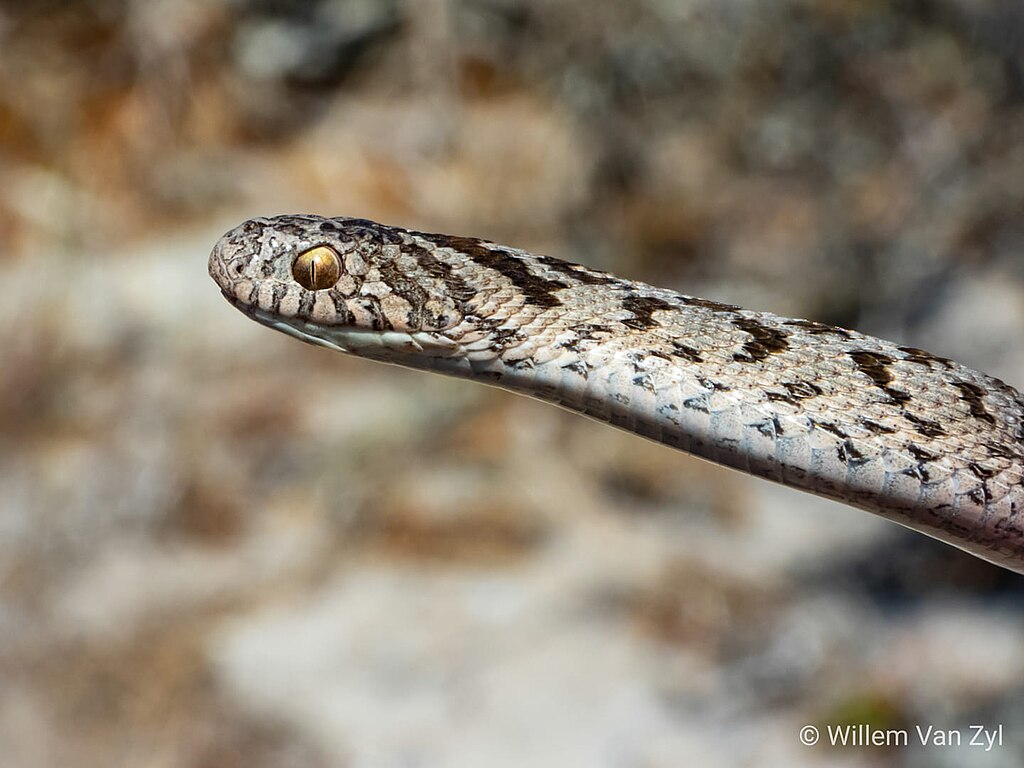
Perhaps the most obvious sign of mites is the actual visual confirmation of these parasites on your snake or in its habitat. Snake mites typically appear as tiny black, red, or brown specks, approximately the size of a period on this page, moving on your snake’s body, particularly around the eyes, heat pits, and between scales. You might notice these specks clustering in certain areas or moving slowly across your snake’s body. Examination of the enclosure may reveal mites in substrate corners, along seams of the tank, or floating in the water dish (appearing like small specks of pepper). A white paper towel wiped along your snake’s body may also collect these parasites, making them easier to identify against the contrasting background.
Frequent and Unusual Rubbing Behaviors
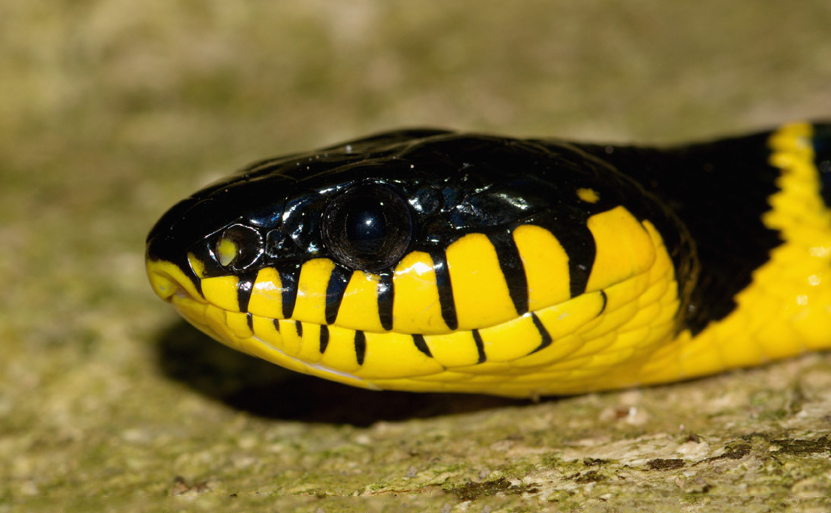
A snake plagued by mites will often display increased rubbing behaviors as it attempts to relieve the irritation these parasites cause. You might observe your snake repeatedly pushing its body against enclosure decorations, rubbing its head on rough surfaces, or dragging itself across the substrate more frequently than normal. This behavior may appear almost frantic at times, with the snake seeming unable to get comfortable in its environment. The rubbing can become so intense that it leads to scale damage, abrasions, or rostral (snout) injuries as the snake desperately tries to dislodge the irritating parasites. If your normally calm snake suddenly displays this restless rubbing behavior, a mite infestation could be the underlying cause.
Cloudy or Swollen Eyes

Mites have a particular affinity for the soft tissues around a snake’s eyes, often congregating in these areas to feed. This parasitic activity can lead to noticeable swelling, inflammation, or cloudiness in one or both eyes, a condition sometimes referred to as “spectacle edema.” Your snake may keep its eyes closed more than usual or display excessive blinking behaviors when handled. The tissue surrounding the eye might appear red, irritated, or puffy compared to its normal appearance. In severe cases, this can progress to more serious eye infections or respiratory issues if mites begin affecting the nasal passages, making prompt identification crucial for preventing secondary complications.
Decreased Appetite or Refusal to Eat
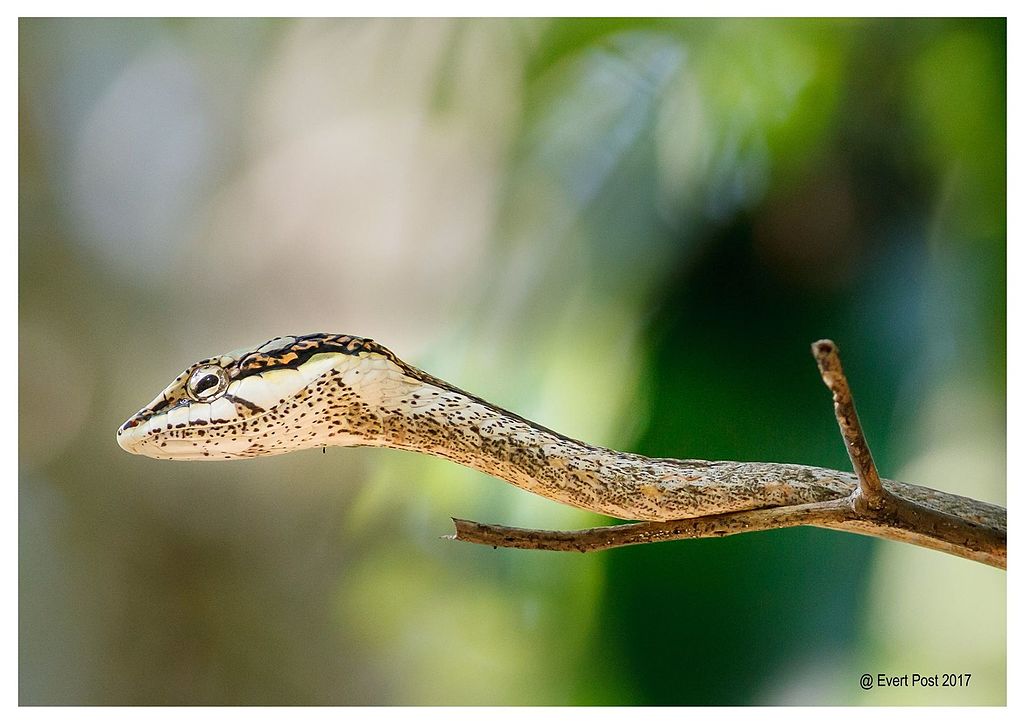
A snake suffering from a mite infestation often experiences a significant decrease in appetite or may refuse food entirely. The physical discomfort and stress caused by these parasites frequently override the snake’s feeding instincts, leading to concerning changes in normal consumption patterns. You might notice your previously voracious feeder suddenly showing complete disinterest in meals or striking half-heartedly before abandoning the prey item. This feeding disruption can become particularly problematic in younger snakes that require regular nutrition for proper growth and development. If your snake has refused multiple consecutive meals without other explanatory factors such as breeding season, shedding, or temperature issues, a mite infestation could be the hidden culprit affecting its appetite.
Unusual Restlessness and Activity
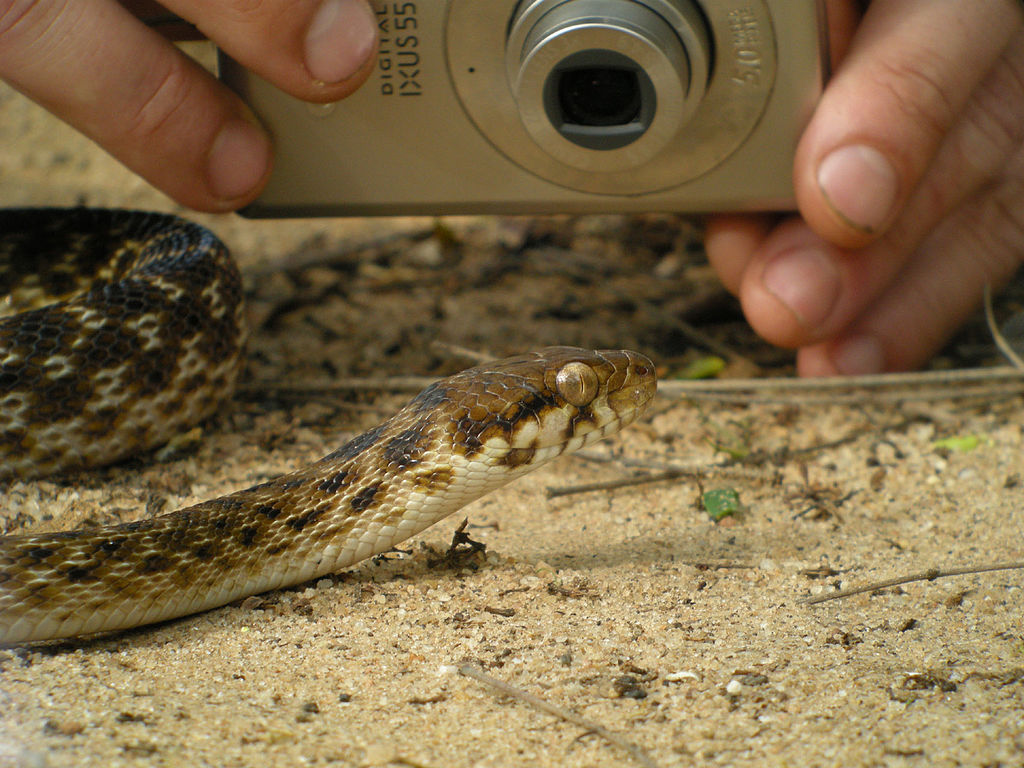
Snakes with mite infestations often display uncharacteristic restlessness and increased activity as they attempt to escape the constant irritation. Your normally calm and sedentary ball python might suddenly spend hours prowling its enclosure, seeming unable to settle or find a comfortable position. This heightened activity typically occurs at unusual times, such as during daylight hours for nocturnal species, indicating significant discomfort. The snake may repeatedly try to escape its enclosure, pushing at corners and openings with unusual determination. This persistent restlessness can lead to increased stress levels and physical exhaustion, further compromising your snake’s health and immune function if the underlying mite issue isn’t addressed promptly.
Dull or Dusty-Looking Scales

A healthy snake typically displays vibrant, clean scales with a natural sheen or iridescence depending on the species. When mites infest a snake, they can cause the scales to appear unusually dull, dusty, or lackluster as the parasites and their waste accumulate on the snake’s skin surface. You might notice a general graying or dulling of your snake’s normal coloration, particularly in areas where mites concentrate. Upon closer inspection, the scales might appear to have a fine gritty texture unlike the smooth surface typical of a healthy snake. This change in scale appearance can be particularly noticeable after handling, as the oils from your hands might temporarily restore some shine to unaffected areas while mite-infested sections remain dull, creating an uneven appearance across the snake’s body.
Small Red Spots or Scale Damage
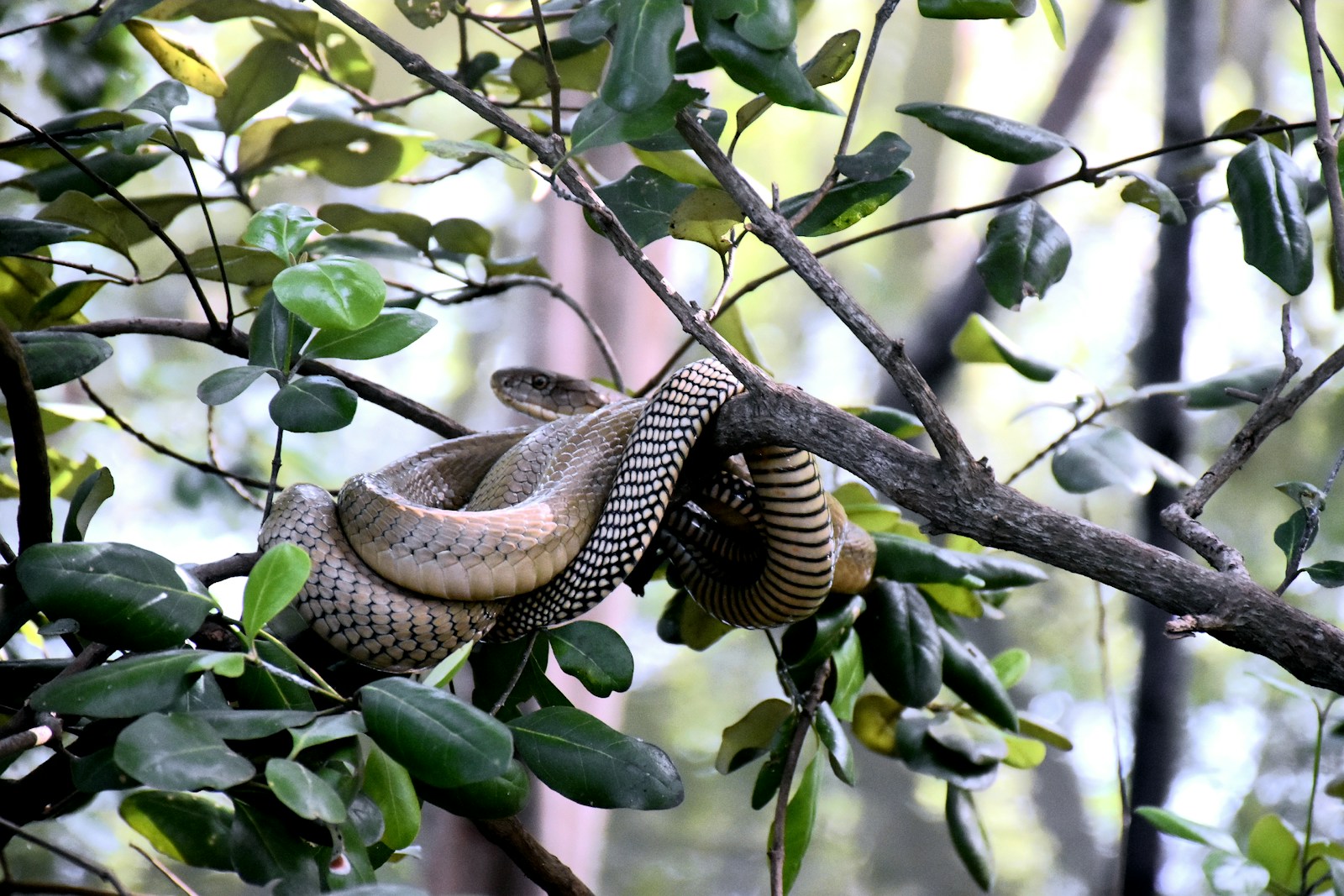
As mites feed on your snake’s blood, they can leave behind small red pinpoint lesions at their feeding sites. These tiny hemorrhagic spots may be visible on lighter colored scales or in thin-skinned areas like the ventral (belly) surface. Over time, repeated feeding in the same areas can lead to more significant scale damage, including lifted or missing scales, creating an irregular or patchy appearance to your snake’s usual scale pattern. In severe or prolonged infestations, these damaged areas may become secondarily infected, developing into more serious skin lesions or abscesses that require veterinary intervention. The damage pattern often correlates with areas where mites congregate, such as around the head, neck, and vent regions of the snake.
Lethargy and Weakness
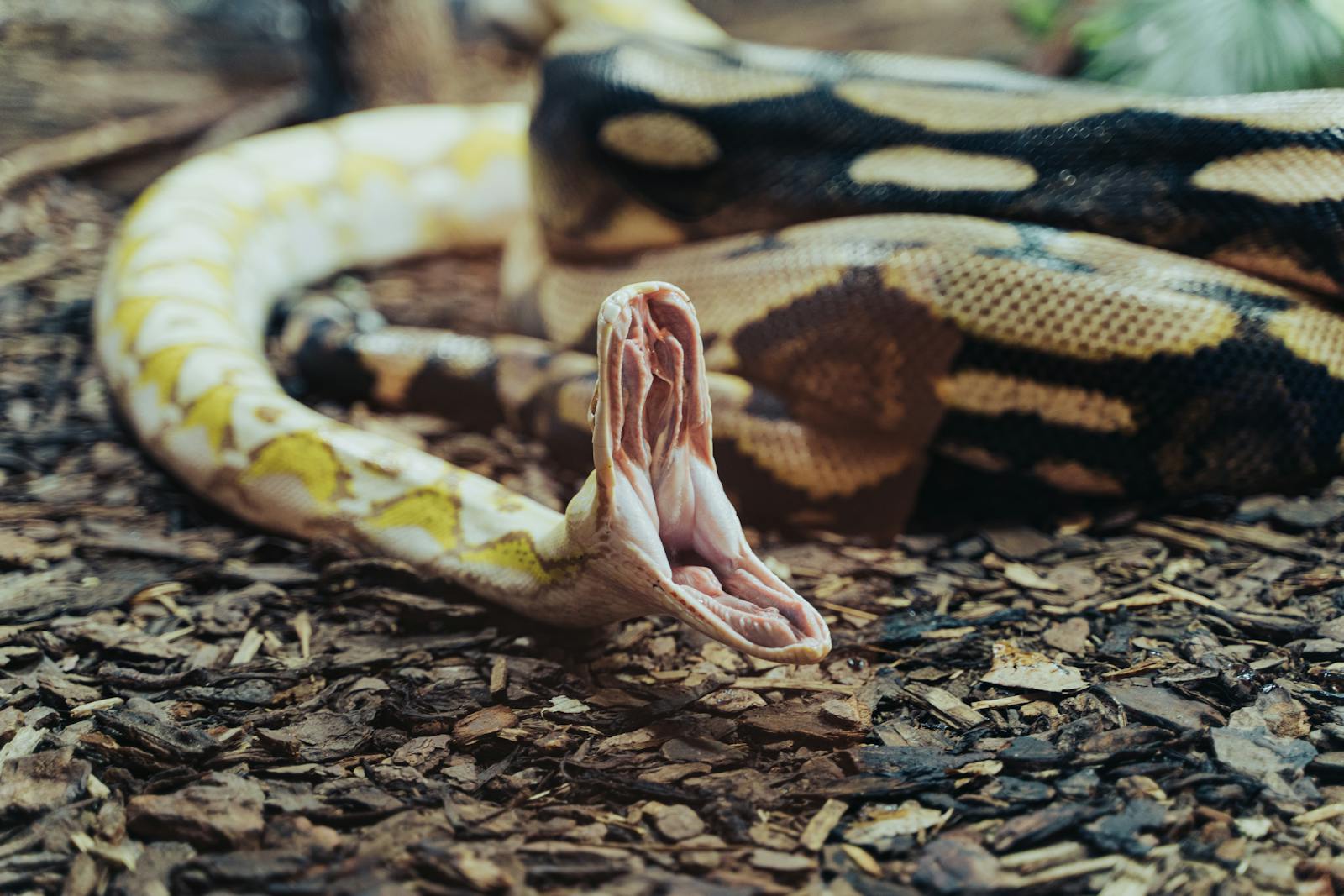
A severe mite infestation can lead to significant blood loss over time, resulting in anemia and general weakness in affected snakes. You might notice your snake displaying unusual lethargy, seeming weak when handled, or showing reduced muscle tone compared to its normal condition. The snake may lack its usual defensive responses or appear slow to react to stimuli in its environment. In advanced cases, the snake might adopt unusual postures, such as keeping its head flat on the ground rather than in the typical alert position, indicating serious exhaustion. This progressive weakness can become life-threatening if the infestation remains unaddressed, as the continual blood loss depletes the snake’s resources and compromises its ability to maintain normal bodily functions.
Effective Treatment Approaches
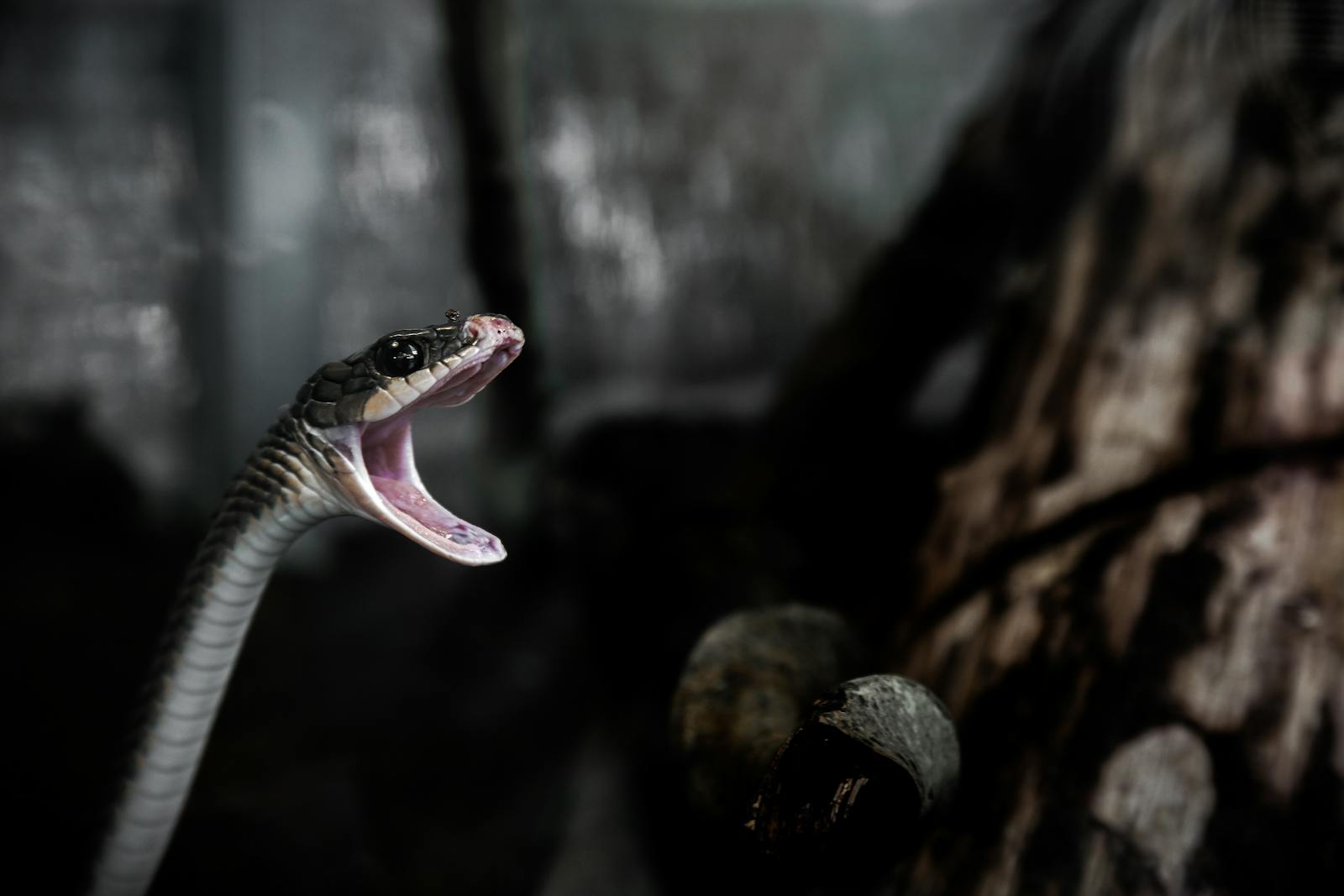
Addressing a mite infestation requires a comprehensive approach targeting both the parasites on your snake and those hiding in the enclosure. Specialized reptile-safe miticides like Provent-a-Mite or predatory mites have become preferred treatment options, replacing older methods like water soaks that offer only temporary relief. Complete enclosure disinfection is essential, requiring disposal of all porous materials like substrate, wood decorations, and certain hides that can harbor mites. A crucial step involves treating the enclosure when empty, paying special attention to seams and corners where mites commonly hide. Multiple treatment cycles are typically necessary to address eggs that hatch after initial treatment, with most protocols recommending repeating the process every 7-10 days for at least three cycles to break the mite life cycle completely.
Preventative Measures

Preventing mite infestations begins with thorough quarantine procedures for new animals, keeping them completely separated from your existing collection for at least 60-90 days while monitoring for signs of parasites. Regular substrate changes and enclosure cleaning create an inhospitable environment for mite establishment, disrupting potential colonies before they develop. Being cautious with shared equipment is equally important – avoid using the same hooks, hides, or decorations between enclosures without thorough disinfection. For those with multiple reptiles, implementing a handling protocol that moves from mite-free animals to potentially affected ones can prevent cross-contamination, with thorough hand washing and clothing changes between interactions. Some keepers also incorporate preventative measures like keeping predatory mites in their bioactive enclosures or using gentle preventative treatments during high-risk periods.
When to Seek Veterinary Care

While many mild to moderate mite infestations can be successfully treated at home, certain situations warrant immediate veterinary intervention. If your snake shows signs of severe dehydration, significant weight loss, or respiratory distress alongside mite symptoms, professional medical care becomes essential. Cases where the snake develops secondary infections, particularly around damaged scales or the eyes, require antibiotics that only a veterinarian can prescribe. Special concern should be given to juvenile snakes or those with pre-existing health conditions, as they may be less able to tolerate the blood loss and stress associated with mite infestations. Remember that a qualified reptile veterinarian can not only treat the immediate infestation but also address any underlying health complications that may have resulted from prolonged parasitism.
Common Mistakes in Mite Treatment
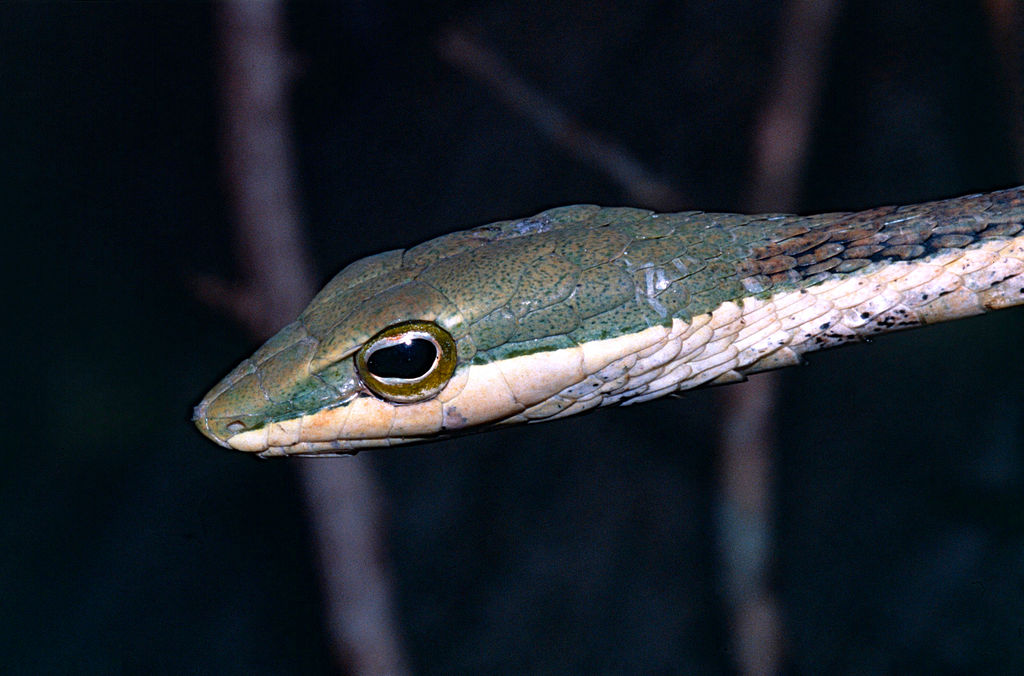
Many well-intentioned snake owners make critical errors when addressing mite infestations, potentially prolonging the problem or creating new health concerns. Using incorrect products represents a significant danger, as some insecticides safe for mammals can be toxic to reptiles, potentially causing neurological damage or death. Inadequate treatment of the environment is another frequent mistake – treating only the snake while neglecting thorough enclosure disinfection allows rapid reinfestation from mites hiding in substrate or decorations. The timeline of treatment is equally important, as stopping treatment prematurely before all eggs have hatched and been eliminated virtually guarantees reinfestation within weeks. Perhaps most critically, some owners fail to recognize that stress from improper treatment can sometimes cause more immediate harm than the mites themselves, making gentle handling and appropriate product selection essential components of successful treatment.
Conclusion

Identifying mite infestations early can save your snake from unnecessary suffering and prevent the development of more serious secondary conditions. The eight signs discussed—unusual soaking, visible parasites, excessive rubbing, eye issues, decreased appetite, restlessness, dull scales, and the presence of small red spots—provide a comprehensive checklist for monitoring your snake’s health. Remember that successful treatment requires addressing both the parasites on your snake and those in the environment through a systematic, thorough approach. While mites represent one of the most common external parasites affecting captive snakes, prompt identification and appropriate intervention can effectively eliminate these unwelcome hitchhikers and restore your reptilian companion to full health and comfort.





